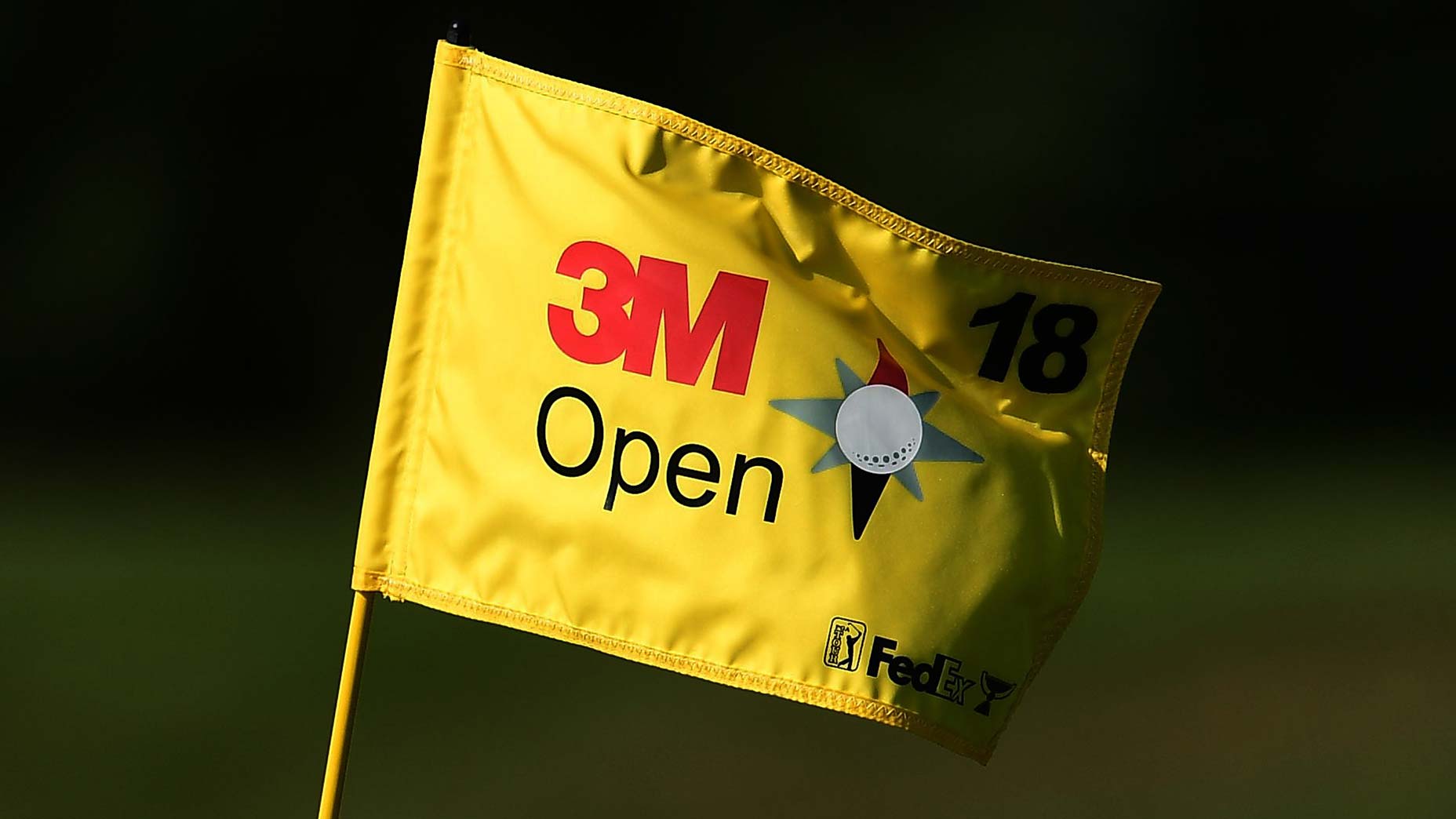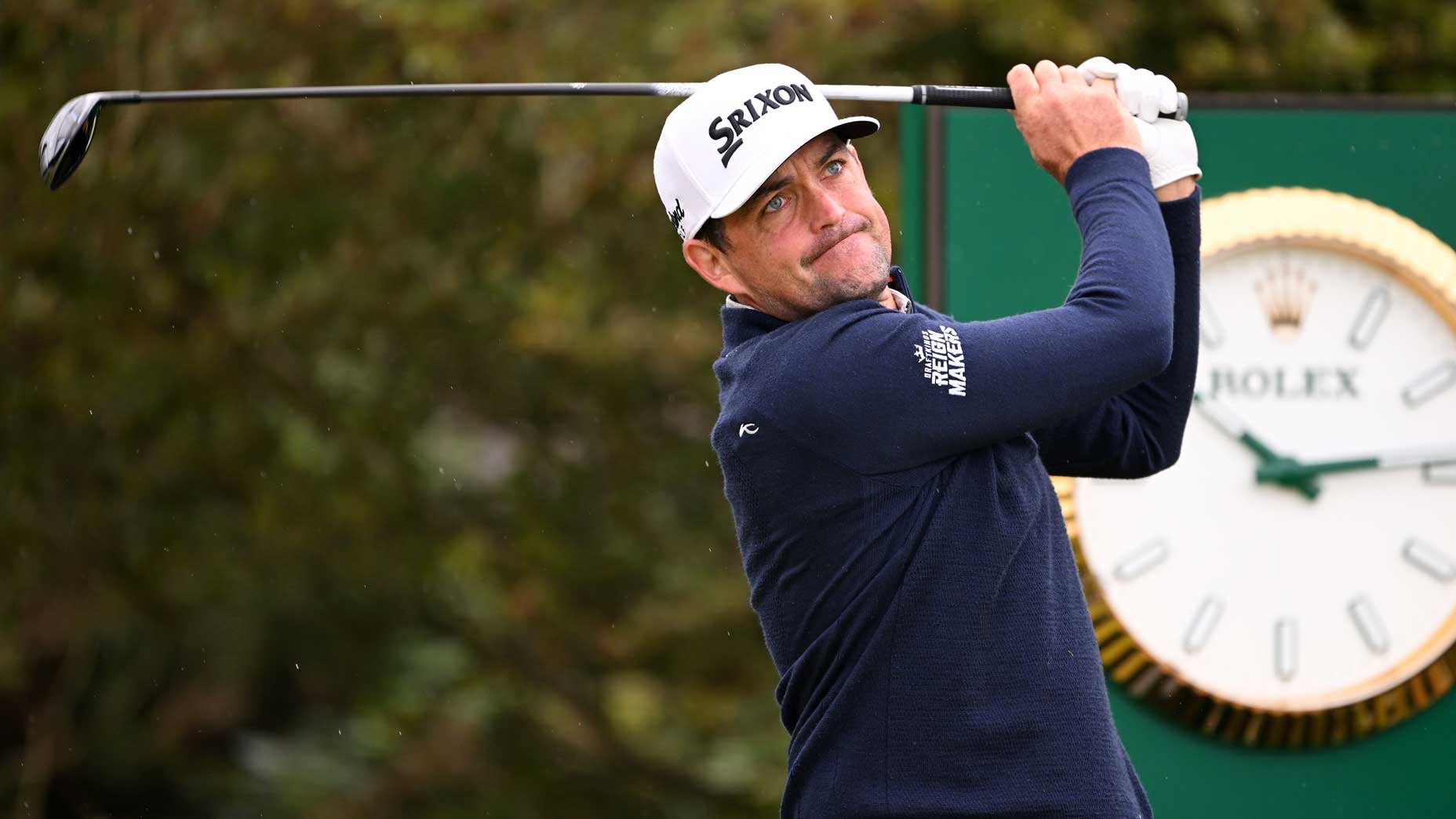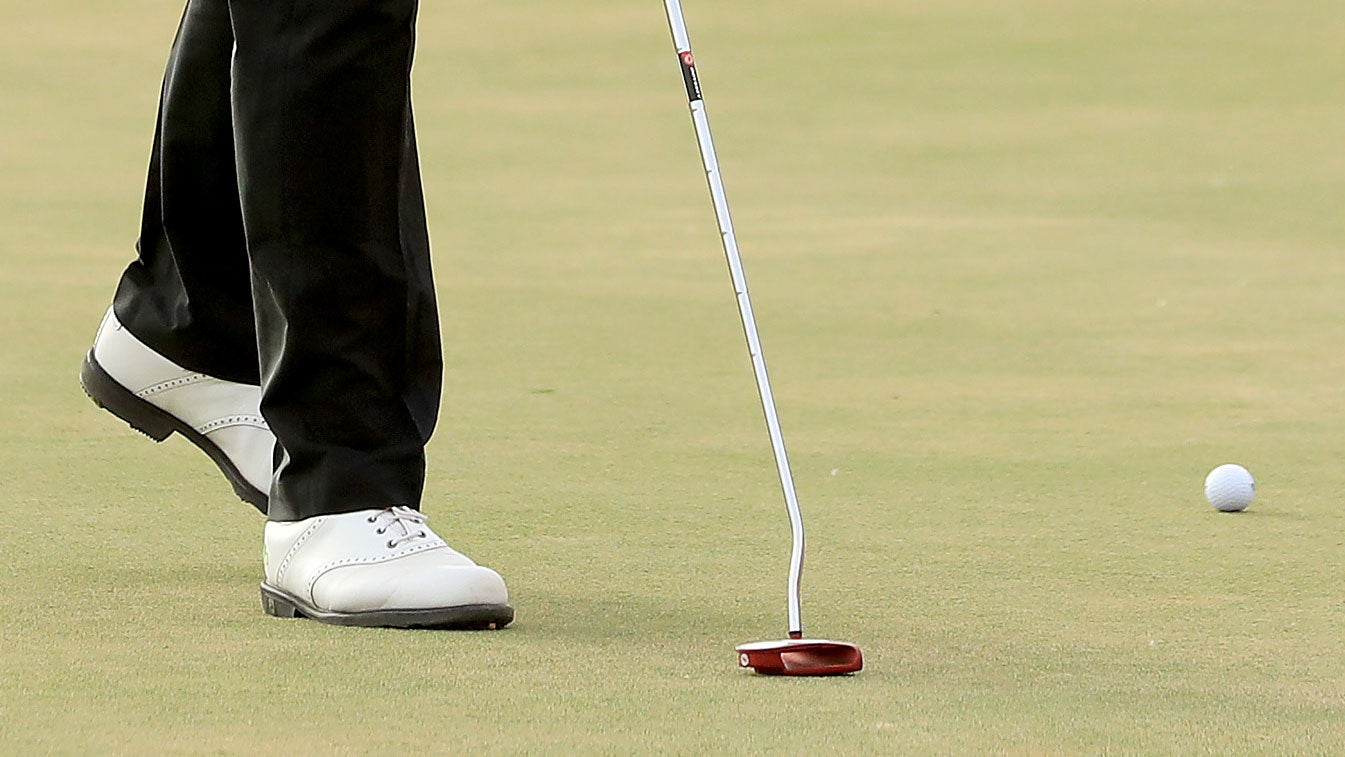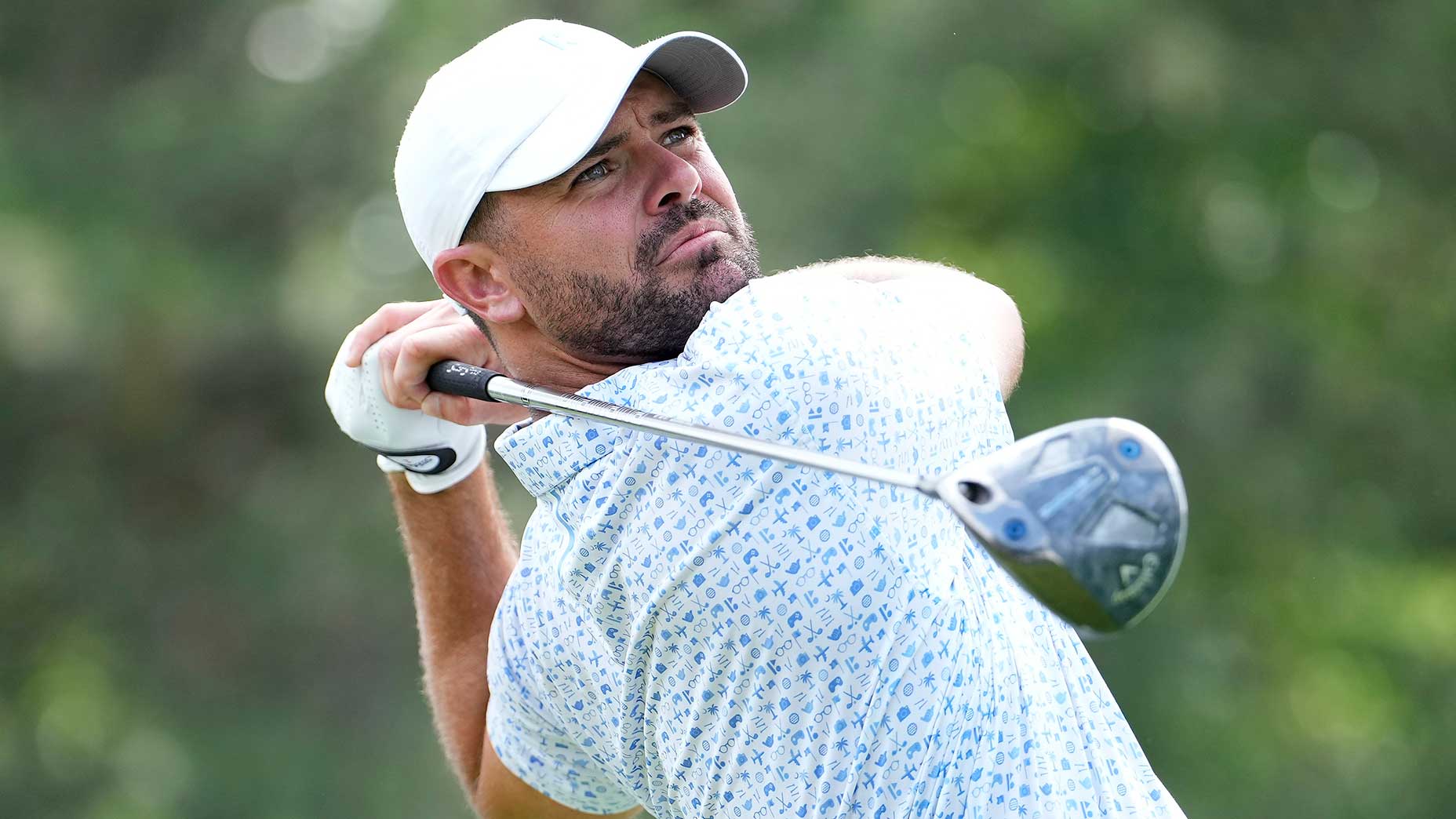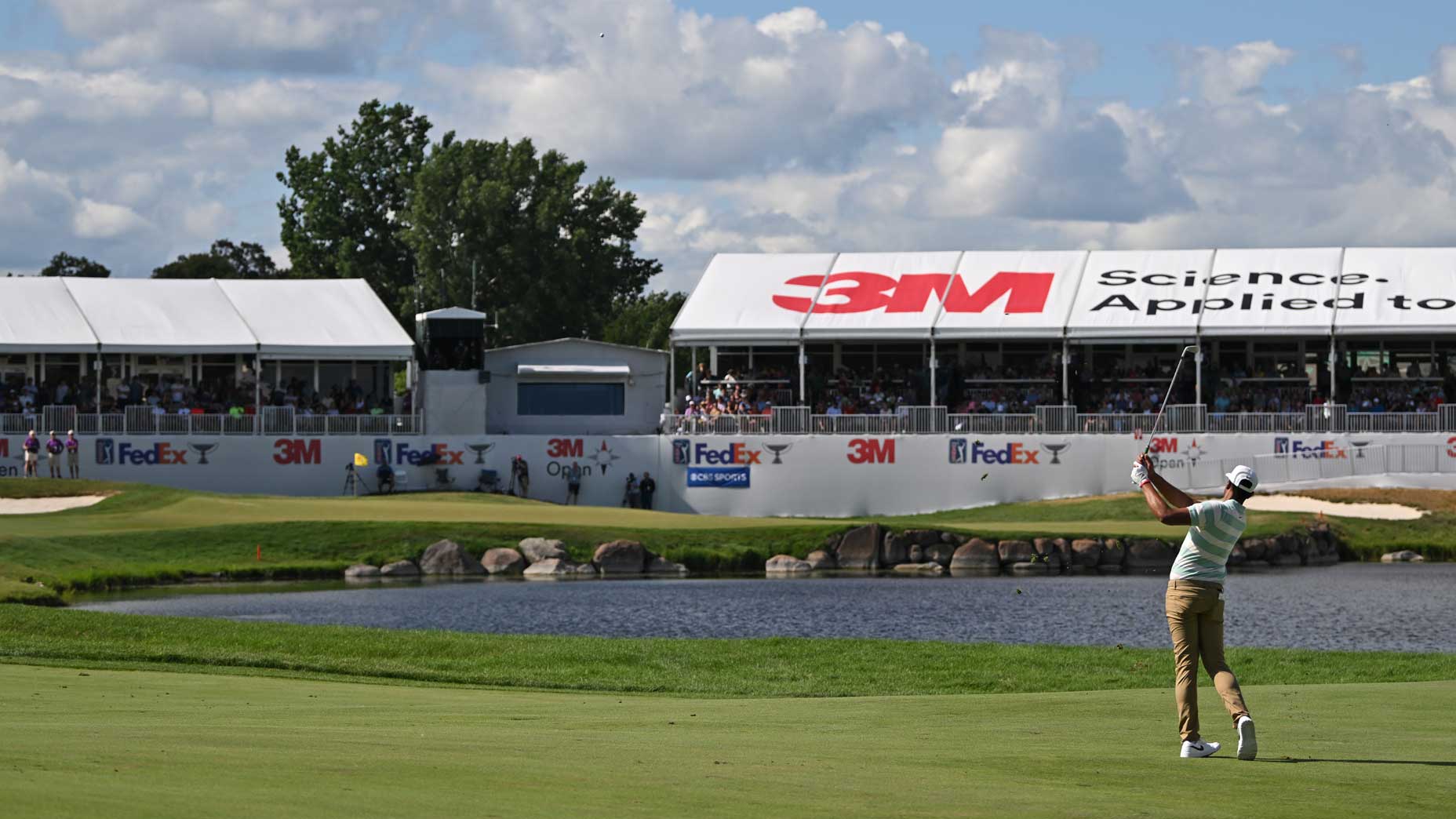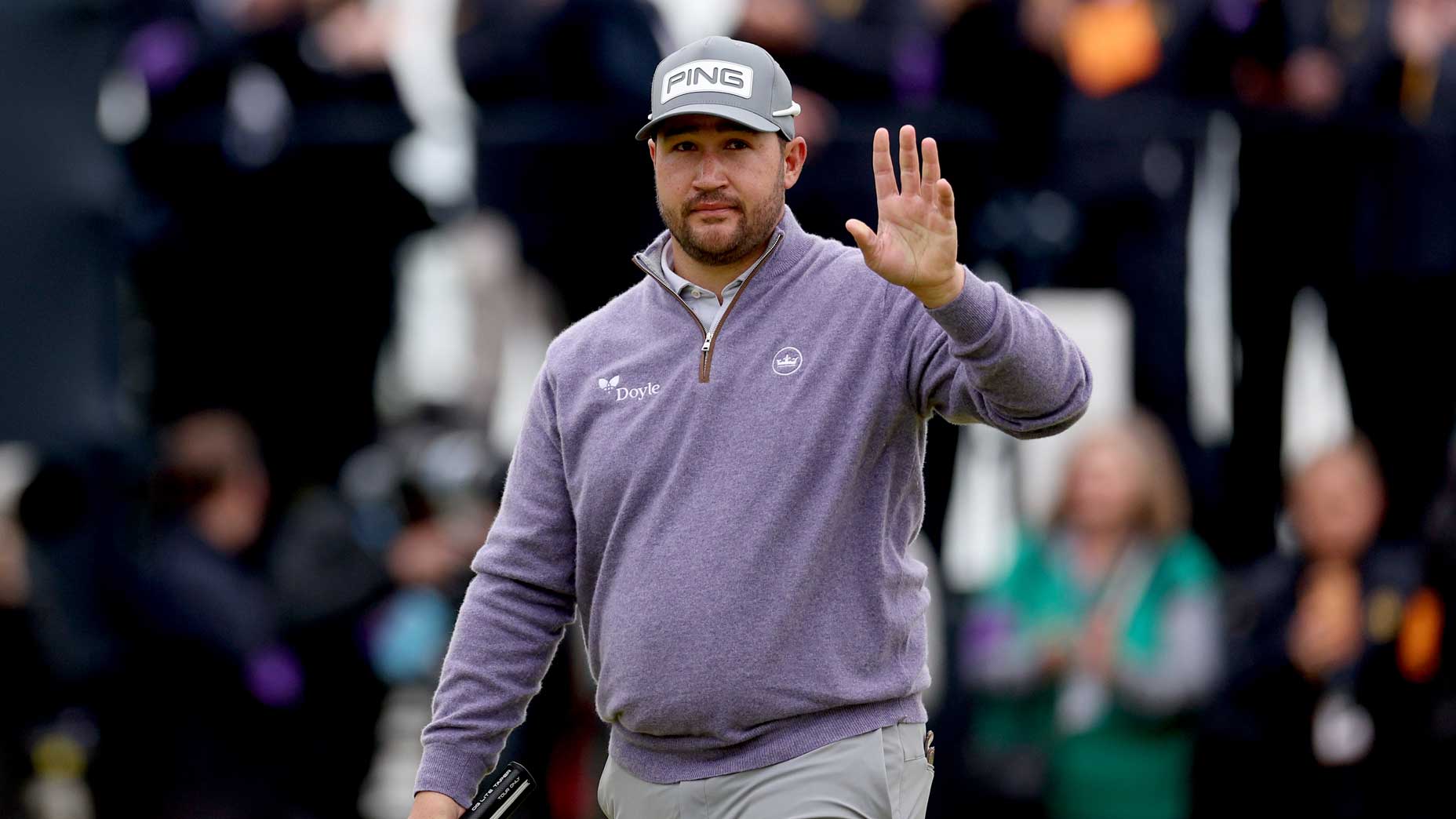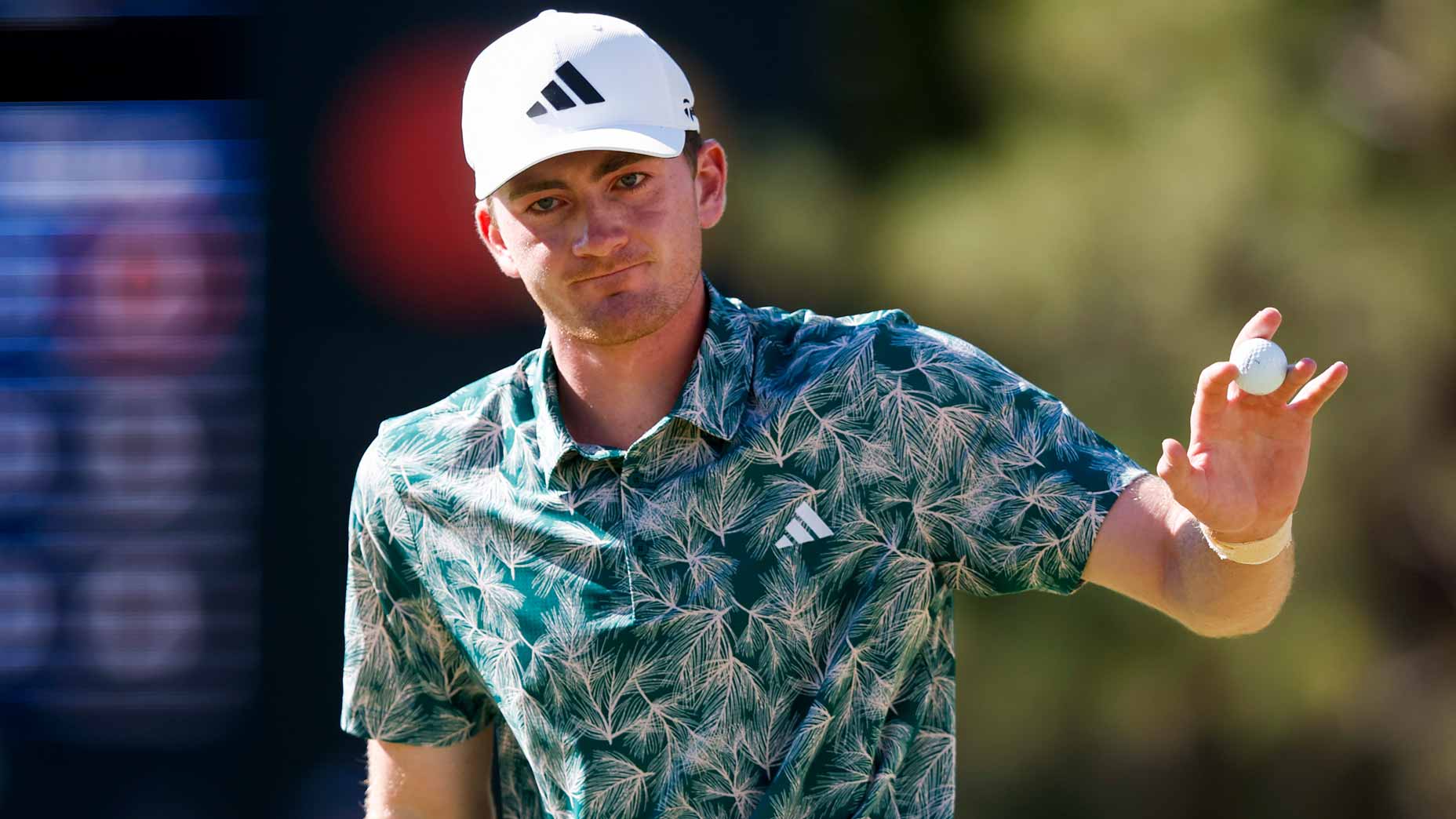‘Damn good’: Why one tourney director is thrilled by PGA Tour changes
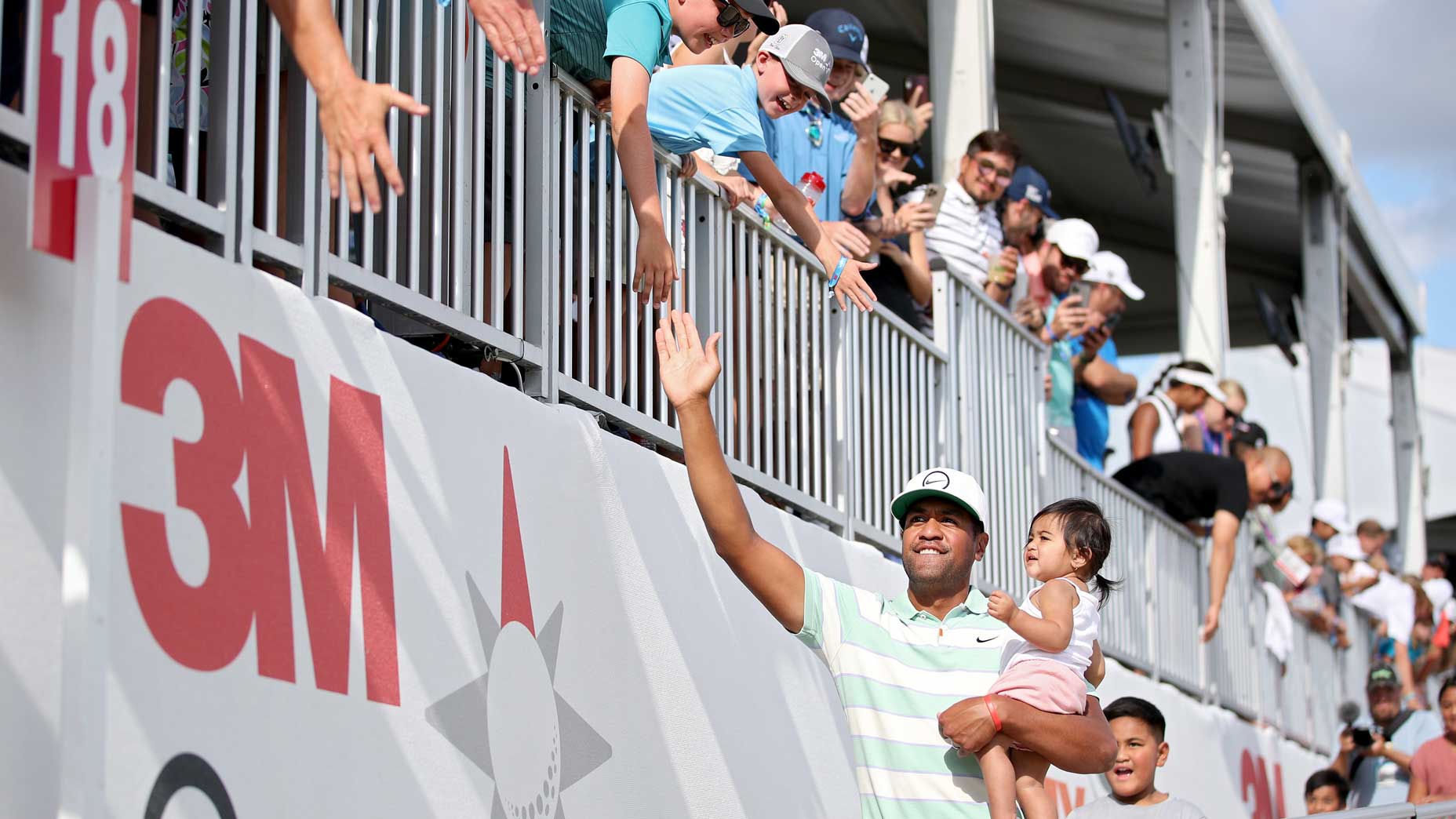
Tony Finau celebrates with fans after winning the 3M Open in July.
Getty Images
There’s a presentation going around the sunshine state that spells out the future of the PGA Tour. It’s not clear how many slides are on the deck, but ratifying it two weeks ago kept Rory McIlroy in a board meeting for seven hours. Last week, it was presented at the Players Championship for a 7:30 a.m. players meeting. Not everyone attended, but it certainly changed minds and stirred debate among the ranks.
The deck was also being shared privately with various sponsors and tournament directors at PGA Tour HQ just up the drive. “We came in with about 50 pages of questions,” says Hollis Cavner, who oversees the 3M Open, the Wells Fargo Championship and this week’s Valspar Championship. If it wasn’t clear before, it should be now. For the PGA Tour to be successful, there are many mouths to fee, and a lot of hungry folks.
Cavner has been running pro golf events for more than three decades now, but promises he doesn’t “drink the PGA Tour Kool-Aid.”
“I’ve been known to argue and fight for a lot of stuff if I didn’t think it was right for my sponsor,” he says. So he entered a 90-minute meeting at Tour HQ last week armed and ready. “Any time you make a systemic change like they made, it makes people nervous as hell. No matter who you are and how good you are at your job. Everybody gets nervous. You know, am I going to get relegated to left field?”
The main issue: he couldn’t poke holes through any part of the presentation.
“I have to say, coming out of that, I really felt good about where we were. My sponsors felt great about where we were,” Cavner says. “Some people are going to argue, but if you haven’t been in that room and been able to go through point by point by point, every single facet of it? Then you don’t know.”
That means everything, from TV product to sponsorship prices to the amount of FedEx Cup points for finishing 15th in Phoenix and 45th in Augusta.
Cavner will tell you all about the calculations sponsors make to earn increased return on their investment. They consider the TV time and the social media impressions and the number of eyeballs attending in person and the goodwill created for the community. The list goes on, especially after the final putt drops. “You’ve got to be relevant 52 weeks a year,” he says, but their efforts almost always starts in the same place: the field. Who is playing your tournament.
When Tiger Woods commits to your tournament, like he did with the Valspar back in 2018, in the snap of a finger it was worth an extra $1 million to the tournament budget. Ticket sales go up, sponsorship impressions increase. More people spend more time at the course and eat more hamburgers and boost concession sales. It costs about $20 million to run most events, Cavner says, so when a single player can boost your fund raising by 5%, it’s a big deal. Woods’ popularity is understandably an anomaly, but Cavner says big-name players all together can impact the budgets in a similar way. Thus the pursuit of them can be a year-round job. Cavner and some of the Tour executives he works with can act like college football coaches at times, campaigning to pros to “not forget us” as they make their schedules. There is value in players wanting to play “the Valspar.” It isn’t “The Tampa Open.”
The PGA Tour was on-point when it shifted its relatively flat reward structure into more of a food chain, atop which the biggest purses are firstly available to the best players. Money talks louder than anything aimed at the Tour membership, and we’re seeing it right now. Various pros — even some you wouldn’t distinguish as “elite” — are playing an exclusively designated schedule the first few months of the year.
But that trend has created some angst about how the other tournaments would survive in between. It was only exacerbated when Honda, a 40-year event sponsor, bowed out of the title sponsor role back in November (although the event’s former executive director said that wasn’t the reason a sponsorship wasn’t renewed). And then, just this month, the WGC-Dell Match Play event was stripped from the future schedule. Add that to the looming sense of a fractured membership thanks to LIV Golf, and “we were all concerned as could be,” Cavner says. “I mean, every tournament — anybody with a half a brain was concerned that this was going to have an adverse impact on the Tour.”
What the Tour has done, Cavner thinks, is simply encourage all players to keep playing. The schedule will have “pods,” as Cavner called them, sections of the season where lower-ranked players can play their way in to bigger events, but during which higher-ranked players likely should continue competing to stay sharp. The Valspar will benefit. As McIlroy said last week, he has no interest in taking three weeks off in a row during the season. Both Cavner and McIlroy have cited that the 3M Open should benefit, too, as it holds the spot in the schedule directly following the British Open. Many top players took a break between the Open and the FedEx Cup Playoffs last year, but there are too many rewards to go around now, and too few seats on the Top 50 bus headed to next year’s big-money events. The 3M now sits squarely in the final chase for playoff position. That helps Cavner’s recruiting efforts. He anticipates his event being “10-times better” field-wise. “I’ve got a charter plane from Europe right back in to Minneapolis they can all ride on,” he says. That has long been the case for his tournament, but now the PGA Tour is acting like the rewards program. Take this flight, play this event, and you might reap a lot on the back end.
If he could complain about anything the Tour has done in the last few weeks, Cavner was annoyed at how the information was shared. The hectic way in which word traveled — a GolfWeek report led to many Tour players, sponsors and event directors finding out kernels of info about their future on Twitter — was unfortunate. And it led to various parties sharing hasty reactions without having viewed the deck themselves. That can happen when there are so many mouths to feed, and they all want something different. Cavner is glad he made the trip to Tour HQ, even during the most hectic few days that precede his own tournament, this week in Tampa.
“Trust me,” Cavner said. “I went in there a little bit bowed up myself going ‘Wait a second. What’s he doing here?’ You know? And as we went through it, they got better and better and better. We walked out and said ‘This is damn good.'”



